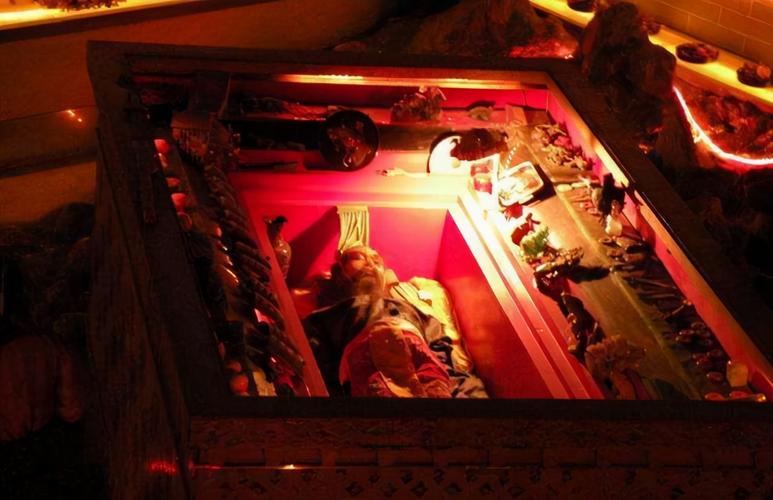
Is There Mercury in the Tomb of Qin Shi Huang?
The tomb of Qin Shi Huang, China's first emperor, is one of the most fascinating and enigmatic archaeological sites in the world. Legend has it that the tomb complex, constructed over centuries, contains a vast treasure trove and a scaled replica of the emperor's kingdom, complete with flowing rivers of mercury. But how much of this is true?
The Legend of the Mercury Rivers
The idea of mercury rivers within the tomb originates from the writings of Sima Qian, a Han Dynasty historian who lived a century after Qin Shi Huang's reign. In his "Records of the Grand Historian," Sima Qian describes the tomb as having ceilings depicting the cosmos and the floor representing the emperor's earthly domain, with flowing rivers of mercury symbolizing the great rivers of China.
Scientific Evidence: Mercury Levels Around the Tomb
While the tomb itself remains unexcavated, scientific studies conducted in the surrounding area have provided intriguing clues. Researchers have detected significantly elevated levels of mercury in the soil and air around the tomb mound, far exceeding natural background levels. This finding lends credence to the ancient accounts of mercury being used in large quantities within the tomb complex.
Possible Explanations for the Mercury
Several theories attempt to explain the presence of mercury.
- Preservation: Mercury was believed to have preservative properties in ancient China, and its use within the tomb could have been an attempt to prevent the decay of the emperor's body and his possessions.
- Symbolism: Mercury, being a liquid metal, held symbolic importance in ancient Chinese cosmology, representing both life and immortality. Its presence within the tomb could have been intended to create a mystical environment reflecting these beliefs.
- Unintentional Leakage: It's possible that over the centuries, seismic activity or natural degradation of the tomb structure has resulted in the leakage of mercury into the surrounding environment.
The Tomb Remains Sealed
Despite the tantalizing evidence, the tomb of Qin Shi Huang remains sealed. The Chinese government, citing concerns about preserving the historical integrity of the site and the potential dangers of mercury exposure, has prohibited excavation. This decision, while understandable, leaves the mysteries of the tomb, including the veracity of the mercury rivers, to speculation and scientific inquiry from afar.
Conclusion
The question of whether mercury rivers truly flow within the tomb of Qin Shi Huang remains unanswered. While historical accounts and scientific evidence suggest the presence of substantial amounts of mercury, its exact form, quantity, and purpose remain shrouded in mystery. Until the day the tomb is finally excavated, the secrets of Qin Shi Huang's final resting place will continue to fascinate and intrigue the world.
Q&A
Q: Why hasn't the tomb been excavated?
A: The Chinese government has chosen to keep the tomb sealed due to concerns about preserving the historical integrity of the site and potential dangers associated with mercury exposure.
Q: What is the significance of mercury in ancient Chinese culture?
A: Mercury was believed to have preservative properties and held symbolic importance in Chinese cosmology, representing both life and immortality.
Q: What other mysteries surround the tomb of Qin Shi Huang?
A: Apart from the mercury, legends speak of a vast treasure trove, intricate mechanical traps, and a ceiling adorned with celestial maps within the tomb.
note: This return of all, without the author's permission, may not be reproduced